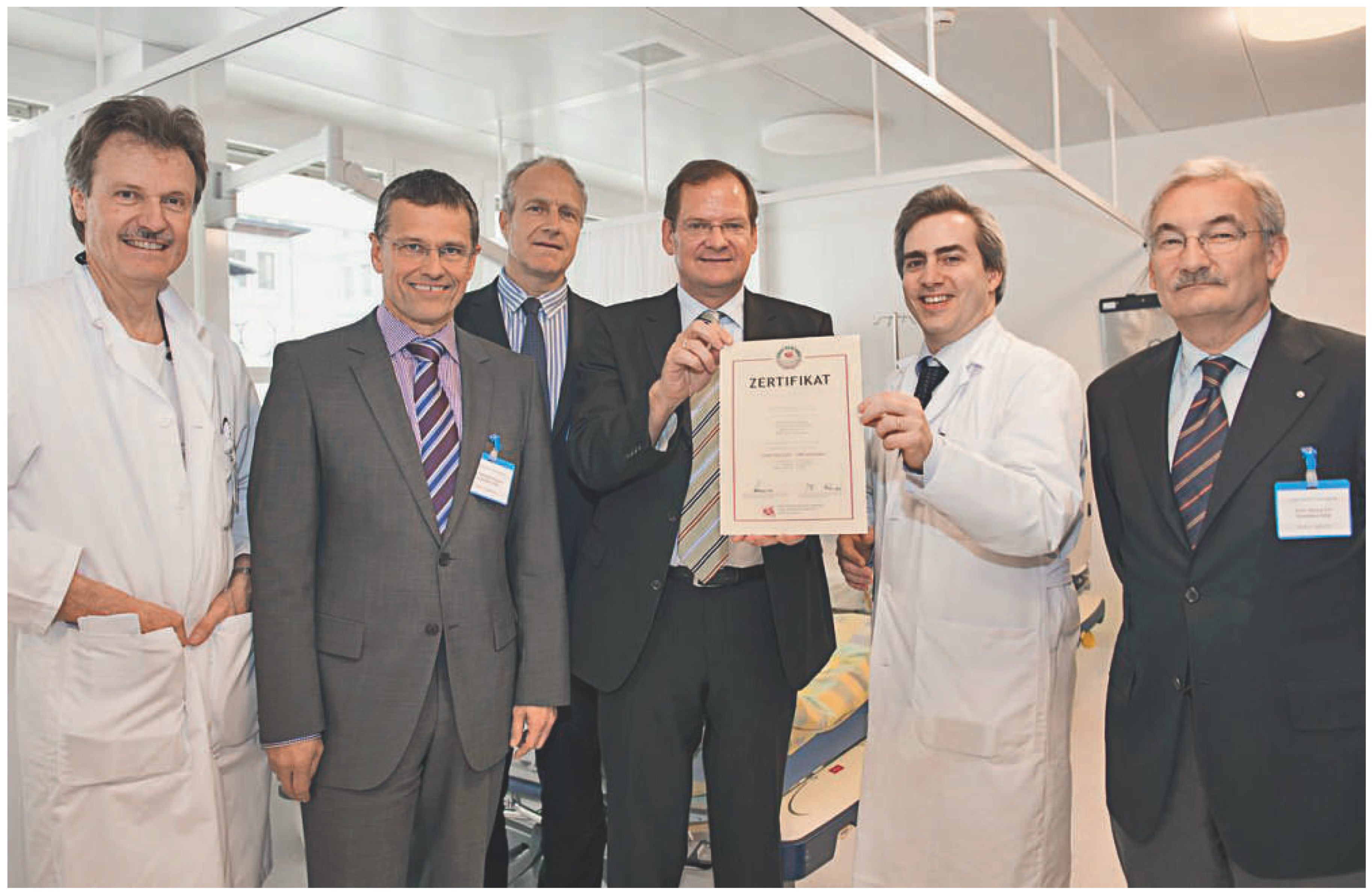Cardiac patients with acute symptoms such as chest pain, dyspnoea and arrhythmias are in need of immediate and professional care. In the old days, rapid appropriate measures were of less importance because of the inefficacy of many treatment modalities, but currently acute coronary syndromes, acute heart failure and acute rhythm disorders can be treated with great success. Indeed, for patients with acute myocardial infarction at the time of President Eisenhower’s heart attack on 15 September 1955, mortality was around 50% in hospital, whereas mortality has dropped to below 5% in modern times thanks to the availability of defibrillation, antithrombotic drugs, percutaneous coronary revascularisation, and secondary prevention with angiotensin converting enzyme (ACE) inhibitors, calcium antagonists, aspirin and beta-blockers. Similarly, acute rhythm disorders such as atrial fibrillation can now be treated with effective drugs or electroconversion. At present, acute heart failure is still a challenge for many physicians. Although intensive measures with catecholamines and their derivatives, diuretics and nitrates improve the acute outcome, the long-term prognosis is still poor. With the development of ACE inhibitors, the use of beta-blockers in this indication and aldosterone receptor antagonists, long-term prognosis has improved. Most recently, relaxin analogues, physiological hormones mainly involved in haemodynamic changes in pregnancy, surprisingly proved to reduce mortality in acute heart failure patients. The fact that this treatment was administered very early after admission of the patients stressed the crucial importance of acute cardiac care also in this particular indication.
To improve and facilitate acute cardiac care, chest pain units are of great importance. Although introduced in the United States in the 1980s, the concept has not been taken up in most countries in Europe. The German Society of Cardiology, on the other hand, has pushed the concept and has currently approved chest pain units throughout the country. The committee led by Thomas Münzel, Professor and Chairman of Cardiology at the University of Mainz, has been instrumental in developing the concept of chest pain units in Germany and beyond, and currently provides a certification process that assures appropriate quality of such entities.
On Wednesday, 17 April 2013, a delegation of the German Society of Cardiology led by the past-president Georg Ertl, Professor and Chairman of Cardiology at the University of Würzburg, together with Thomas Münzel and other members of the committee, for the first time certified a chest pain unit in Switzerland (
Figure 1). The Department of Cardiology of the University Hospital in Zurich has built a special unit with five to seven beds in the immediate vicinity of the Andreas Grüntzig cardiac catheterisation laboratories within the Department of Cardiology, and started to use this unit in October 2011. The number of patients treated in the unit has increased dramatically over the past 18 months and, therefore, certification of this unit was applied for. At the first certification of a chest pain unit in Switzerland, the President of the Swiss Society of Cardiology, Professor François Mach, also took part to emphasise the close collaboration of the two sister societies in this area and the strategic importance of this issue for Swiss cardiology.
It is hoped that further chest pain units in Switzerland will be certified to ensure that patients with acute cardiac problems are effectively, promptly and optimally treated in such units in the future. Furthermore, the certification process also ensures that such patients are treated by highly trained cardiologists with appropriate clinical and technical knowledge and a modern infrastructure to manage such patients at the highest level.




